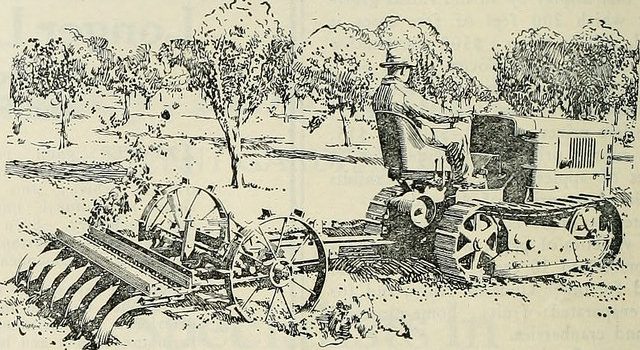First Year of My “Self-Sufficient” Farm – Part 1, by SaraSue
Whewboy! What a year this has been. It feels like just yesterday that I got the keys. I can confidently say that I haven’t worked this hard since I had four babies, in quick succession, to care for. And even then, I don’t think I worked this hard. I did finally “crash and burn” recently and was sick as a dog for over two weeks and had to call for help just to keep animals alive. I think it’s interesting and helpful to take the time to review the year and make decisions about how things should go moving forward. …










